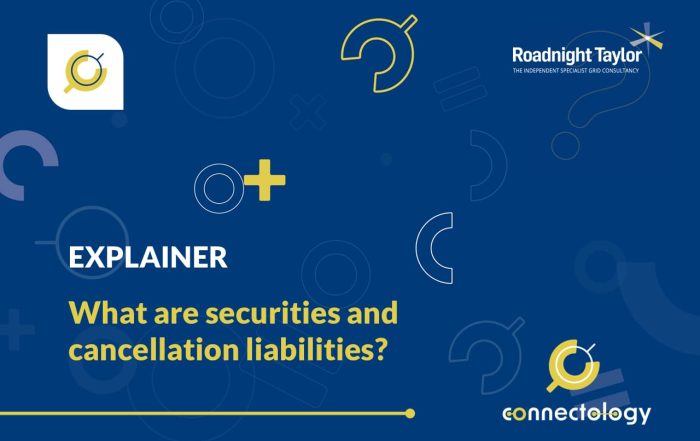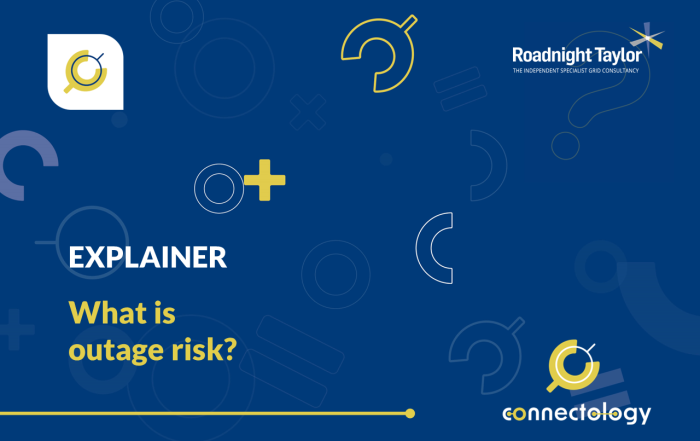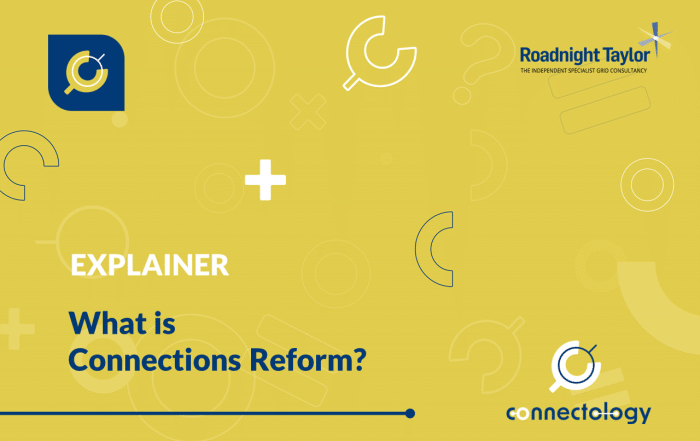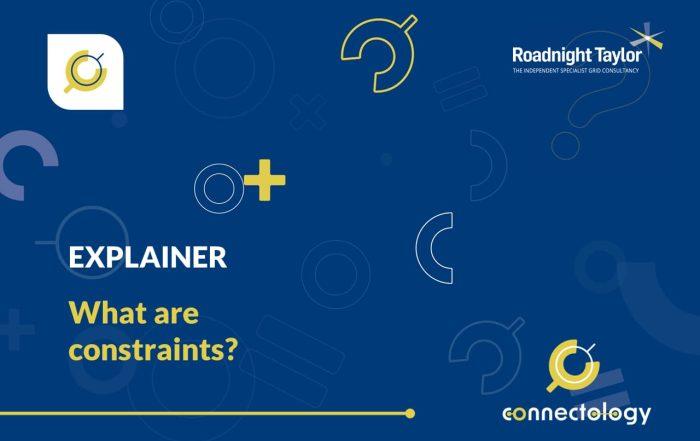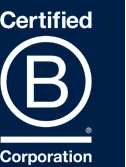What is Deep Connect and Manage?
Deep Connect and Manage (DC&M) was thought of as a way to allow additional distribution generation to connect to the electricity networks, without incurring huge transmission reinforcement costs, and was introduced in the south west and south east around 2018. We explain more below.
Article by Pete Aston – acknowledged expert in networks
Pete joined Roadnight Taylor from Western Power Distribution, the UK’s largest DNO, where he was Primary System Design Manager. He led a team of sixty responsible for all connections to the extra high voltage network, as well as leading WPD’s interaction with National Grid (NGET and NGESO) at the transmission/distribution boundary.
First written: 12 April, 2023. Updated: 11 March, 2025.

Background
The implementation of Connect and Manage (C&M) in 2010 helped to speed up connections of generation to the transmission system. Unnoticed at the time, connections of generation to the distribution network began to rapidly increase from 2010 to 2015, with the advent of the Feed in Tariff (FIT) and Renewable Obligation Certificates (ROCs).
The improved sharing of distributed generation (DG) information between Distribution Network Operators (DNOs) and National Energy System Operator (NESO), e.g. the Appendix G process starting around 2015, led to the understanding that DG was starting to have a significant impact on the transmission system. The south of the country was impacted first, with very high levels of solar connections seen in the south west and south east.
As a result, NESO started to be concerned about capacity on the transmission system. If DG caused overloads on transmission circuits, how would they be managed? Was reinforcement the only option, or could a better way be developed?
Regional development programmes (RDPs)
It was at this point (around 2016-2017) that RDPs were introduced, the first in the south east (this is the original fact sheet), the second in the south west. Western Power Distribution (now National Grid Electricity Distribution) published the results of their RDP Technical Report. Deep Connect and Manage (DC&M) was thought of a way to allow additional DG to connect, without incurring huge transmission reinforcement costs, and was introduced in the south west and south east around 2018.
The principle of C&M on the transmission network is that generators can connect with a minimum level of reinforcement (the Enabling Works). NESO will then manage capacity restrictions on the network by either paying generators to be constrained off, or will undertake wider reinforcement if it is deemed to be more cost effective in the long run. Transmission-connected generators have both the technical systems and commercial contracts in place for NESO to be able to constrain them if required, but this isn’t normally the case for DG.
Requirements for DC&M
For DC&M to work, there are two main requirements:
- Visibility and control. NESO needs to be able to control the DG that is part of DC&M, in the same way that it can control generation directly connected to the transmission system. To provide this, the DG will need to be part of the Active Network Management (ANM) system of the DNO. NESO will then be able to get visibly and control of the DG through the DNO control system.
- Provision of a back-stop price for constraints. In the same way that the Enabling Works for directly connected transmission generators give them a firm access to the transmission system, DC&M will provide DG with firm transmission access. This means that any time DG is constrained off under DC&M, they will be compensated. Initially, this compensation will be provided through a ‘back-stop’ price that the DG agrees directly with NESO. It is expected that as DC&M becomes more established, that NESO will develop market-based services that DG can opt into, such that NESO can achieve the best price for the constrained DG capacity. However, at present it’s not clear how visible these price signals will be and how effective it will be in reducing DG output to avoid transmission constraints. Any such service would need to be able to stack with other transmission and distribution services, as local flexibility markets.
These requirements tend to be included in distribution connection offers and ultimately written into Connection Agreements. Information documents on the general principles of DC&M have been produced for both the south west and south east areas.
Implications of DC&M
The first implication of DC&M is faster connections for DG, without having to wait for transmission reinforcement. DC&M was therefore instrumental between 2018 and 2020/21 in the south west and south east areas for allowing DG to receive connection offers without excessive connection timescales.
The second implication is that DG customers connecting under DC&M become liable for Wider Cancellation Liabilities. After DC&M was implemented, every customer accepting an offer in the south west and south east received an MM statement with a wider liability included. The trigger date was deemed to be the date the DC&M started, and so this meant that DG customers would pay a cancellation charge if they terminated their offers.
Future of DC&M
DC&M may well have already ceased to be of value, due to the large number of contracted schemes at distribution and transmission. Just as the extent of Enabling Works for transmission connections has increased dramatically since the initial introduction of Connect and Manage, DG customers also face extensive Enabling Works in the south west and south east, despite DC&M being there as an option.
While DC&M may allow customers with connection offers from 2018 up to about 2020/21 connect without extensive time delays, it doesn’t represent a model that provides immunity from many of the current transmission reinforcement requirements. With the implementation of Clean Power 2030 and Technical Limits in 2025, DC&M may be merged into other systems.
How can Roadnight Taylor help?
Roadnight Taylor can help clients understand whether their scheme is in a Deep Connect and Manage area and what the implications are for the scheme



